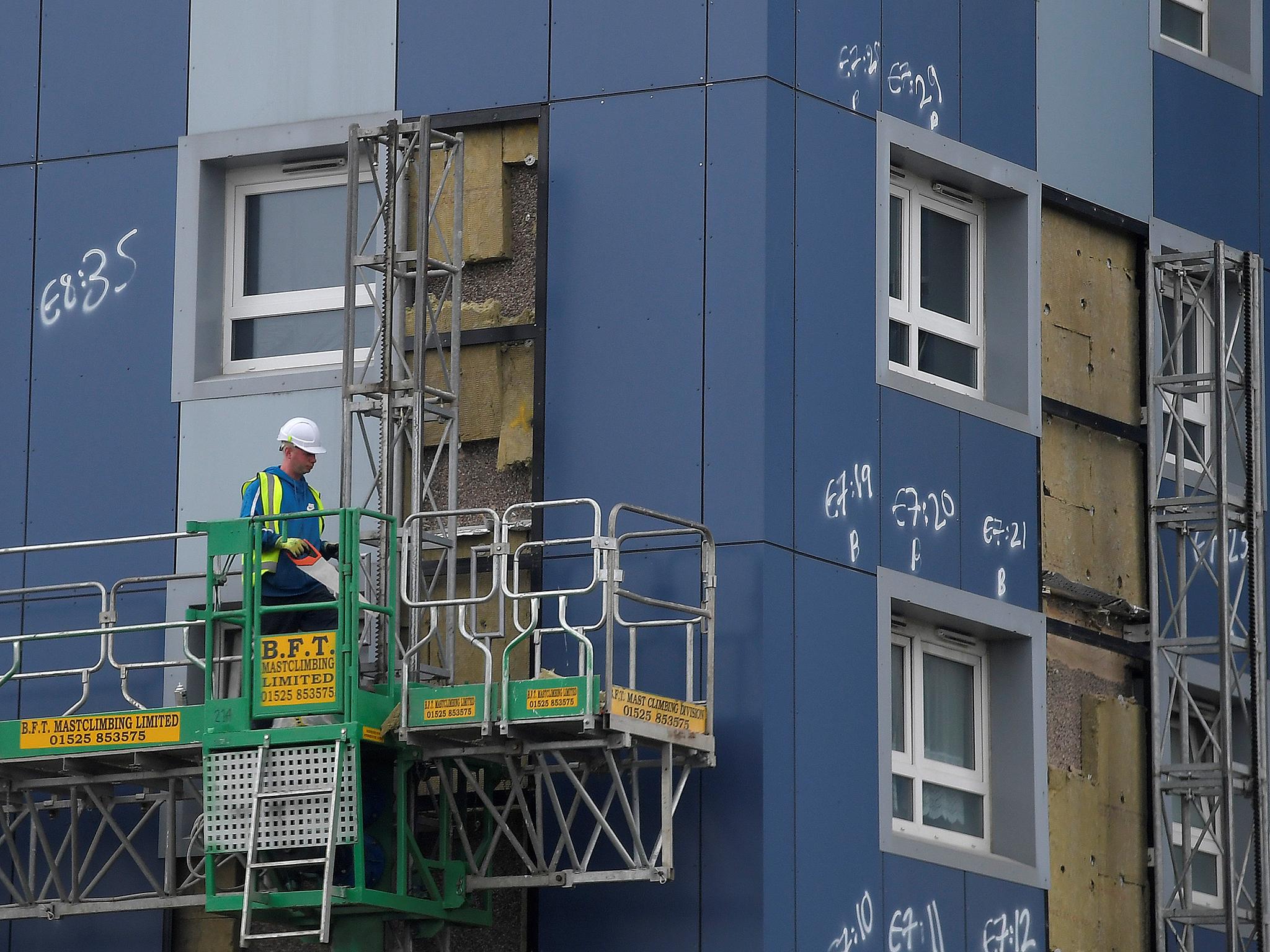Grenfell Tower: Buildings in three NHS trusts have failed fire safety tests after fatal blaze
NHS regulator ordered trusts in England to carry out tests on their external cladding following the devastating fire at Grenfell Tower

Your support helps us to tell the story
From reproductive rights to climate change to Big Tech, The Independent is on the ground when the story is developing. Whether it's investigating the financials of Elon Musk's pro-Trump PAC or producing our latest documentary, 'The A Word', which shines a light on the American women fighting for reproductive rights, we know how important it is to parse out the facts from the messaging.
At such a critical moment in US history, we need reporters on the ground. Your donation allows us to keep sending journalists to speak to both sides of the story.
The Independent is trusted by Americans across the entire political spectrum. And unlike many other quality news outlets, we choose not to lock Americans out of our reporting and analysis with paywalls. We believe quality journalism should be available to everyone, paid for by those who can afford it.
Your support makes all the difference.Buildings at three separate NHS trusts have so far failed fire safety tests in the wake of the Grenfell Tower fire.
Regulator NHS Improvement said tests of cladding samples from buildings belonging to King's College Hospital Foundation Trust, Sheffield Children's Foundation Trust and North Middlesex University Hospitals Trust have failed combustibility tests.
The tests were ordered in the wake of the fire at the west London tower block which killed at least 80 people last month.
NHS Improvement said 38 trusts requested help in carrying out a fire safety tests after it wrote to all providers in England asking them to check on 19 June.
Of these 19 have had fire safety inspections and a review of their fire procedures which NHS Improvement said means they need no further action at this stage.
Another 11 have had their cladding tested and found it is not made of the flammable aluminium composite material (ACM) which is believed to have helped spread the Grenfell Tower fire so quickly.
A further five organisations are still waiting for the results of their combustibility tests.
The buildings affected are believed to be an office block and two outpatient clients.
Some of the cladding has already been removed and none of the buildings were used to house inpatient accommodation.
A spokeswoman for NHS Improvement told The Independent: “Patient safety is paramount. There will be no disruptions to patient services or continuity of care.”
It comes as at least 181 high-rise buildings in 51 different local authorities have now failed fire safety tests.
Following the news that four tower blocks in the Chalcots Estate in north London was covered in the cladding and had numerous internal fire safety risks Camden Council announced it would be evacuating over 400 residents.
The evacuation was criticised as an overreaction by many as residents were forced to spend three days in a nearby leisure centre while the council frantically tried to find them a place to stay.
Meanwhile the cladding used on Grenfell Tower is still certified as "safe" even though manufacturer Arconic has removed the product from the market.
The British Board of Agrément (BBA) first declared Reynobond aluminium panels as "fit for their intended use" in 2008 and typically revises this every three years and said it has no plans to review the decision again before 2020.
Join our commenting forum
Join thought-provoking conversations, follow other Independent readers and see their replies
Comments